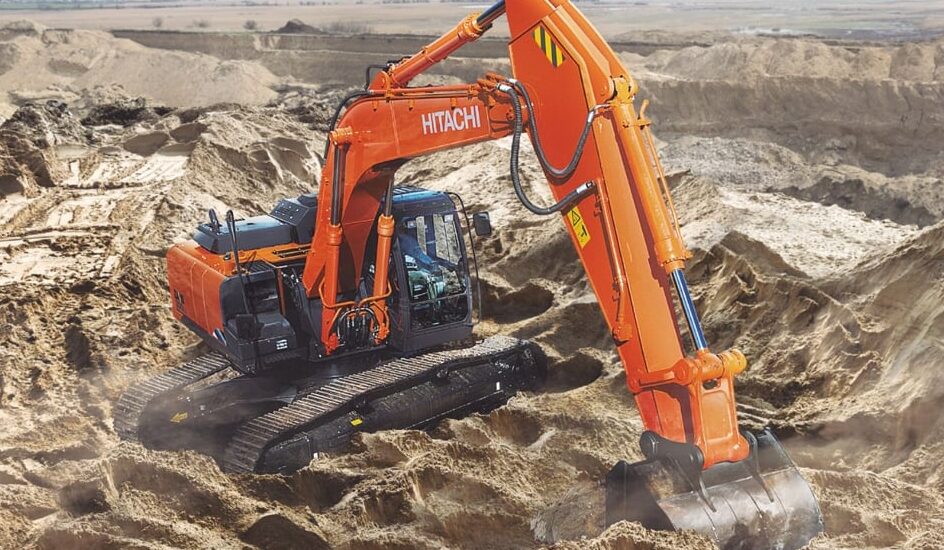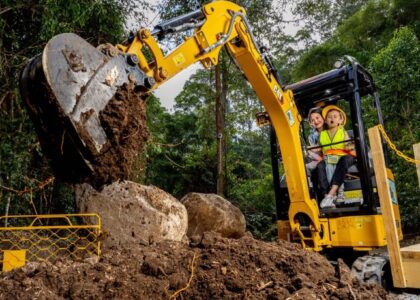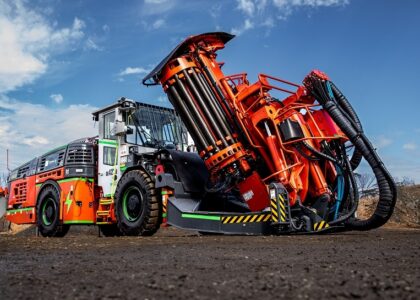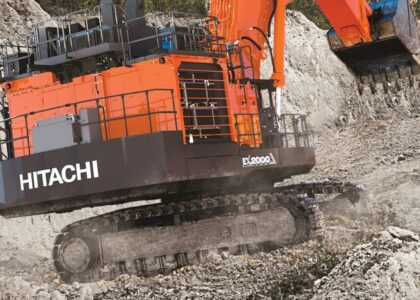In order for the excavator to work at the maximum of its capabilities, timely maintenance is necessary.
Service types
There are several stages of car maintenance:
- Firstly, this is a daily inspection, which includes monitoring for leaks, checking the level of working fluids and other indicators. The operator must fix them and, if necessary, call a service mechanic.
- Secondly, maintenance according to the regulations, which includes not only the replacement of filters and oils, but also other important operations: pulling bolts and nuts with the appropriate tightening torque, as well as checking and adjusting air gaps in the internal combustion engine valve system.
- And finally, preventive maintenance (or preventive maintenance): this is the periodic replacement of parts in accordance with intervals (for example, running hours in motorcycle hours) that the manufacturer offers and which the dealer can adapt to local operating conditions of the equipment.
Waiting for breakdowns
Companies have different approaches to maintenance of equipment. In the mining industry, machines are operated in an extremely intensive mode, so the owners of excavators focus on scheduled preventive maintenance (PPR), that is, they regularly carry out a set of measures aimed at preventing accidents.
Representatives of the dealer and the owner of the equipment follow the manufacturer’s recommendations regarding the replacement intervals for the units, monitor their condition, taking into account the current operating time of the machine, and prepare in advance for the maintenance work. At some point, the engine, hydraulic pumps, hydraulic motors, hydraulic cylinders, swing and travel gearboxes, and other components are removed and repaired or replaced with new or remanufactured ones.
This process involves significant financial costs and is quite complex in terms of organization and logistics. Therefore, preparation for it begins several months in advance, which makes it possible to ensure the availability of all the necessary components and assemblies. In this case, scheduled repairs will take several days, and will not drag on for an indefinite period.
Helpful Hints: Oil Analysis

A useful recommendation, which equipment owners do not always follow, is regular oil analysis. To date, it is carried out mainly on the fact of the failure of one or another machine unit (engine, pump, hydraulic motor, etc.) in order to determine the reasons for its failure. While continuous monitoring of samples allows you to track the condition of the unit and effectively predict its replacement.
When working in very dusty conditions (for example, in a coal mine or sand pit), it is recommended to change filters and oils more often. Many customers working in harsh environments follow the manufacturer’s recommendations and perform service intervals of 250 hours rather than 500.
Speaking of extended oil and filter change times, another story can be cited as an example. If the client works in dust-free conditions and his equipment is serviced by specialists of official dealers using original consumables and recommended lubricants, then machine manufacturers allow an increase in the maintenance interval up to 500 hours.
It is also worth noting that when using various types of attachments, such as a hydraulic hammer, the service interval of the hydraulic system is reduced, including the interval for replacing hydraulic oil and filters.
Keeping the fuel clean
Modern engines, as well as common rail systems designed to meet engine environmental regulations, require the use of diesel fuel with the lowest possible foreign content. In particular, the causes of fuel contamination during storage may be the chemical decomposition of components and additives, water ingress, the growth of microorganisms, rust in the tank, and more. Remember that even under normal conditions, the diesel engine should not be stored for more than 6 months. And also that with strong temperature drops inside the container in which diesel is stored, water condensate may form, which contributes to faster natural decomposition. Proper maintenance (such as draining water) must be performed regularly.
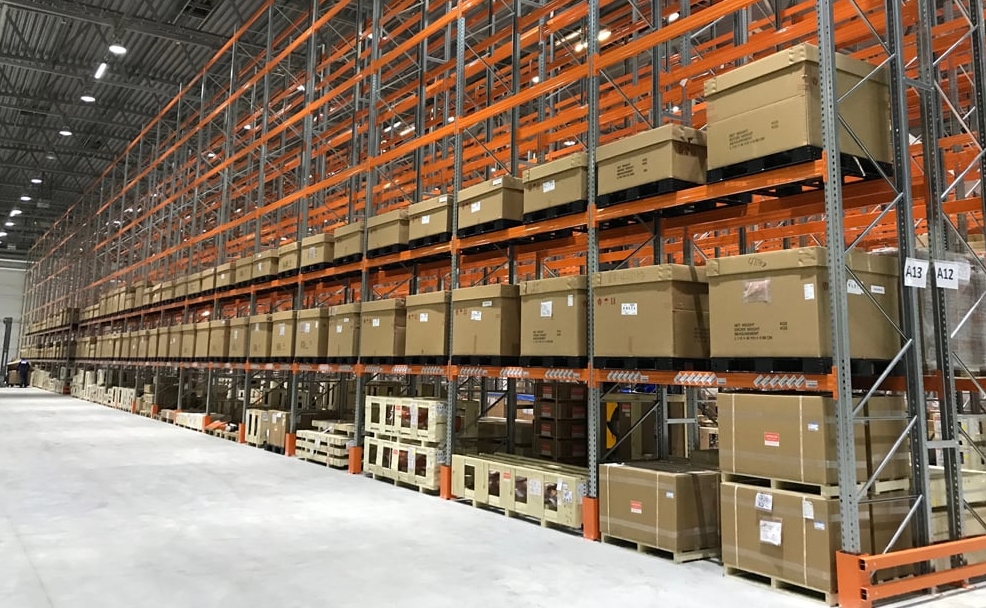
Choosing the right mode of operation
Modern excavators have several engine, hydraulic and transmission modes designed to optimize fuel consumption. The switching of most of these functions is automatic, but there are some that the operator activates manually. The qualification of the driver is important here: he must understand when to turn on these functions. But as practice shows, often operators simply use the power mode, and this despite the fact that the economy mode is sufficient for most operations.
Also, drivers have access to such a useful function as automatic return to idle mode. Don’t forget to activate it. The essence of the option is as follows: when the control levers are not involved for a certain time, the engine speed is automatically reduced to a predetermined value.
Smart Assistants
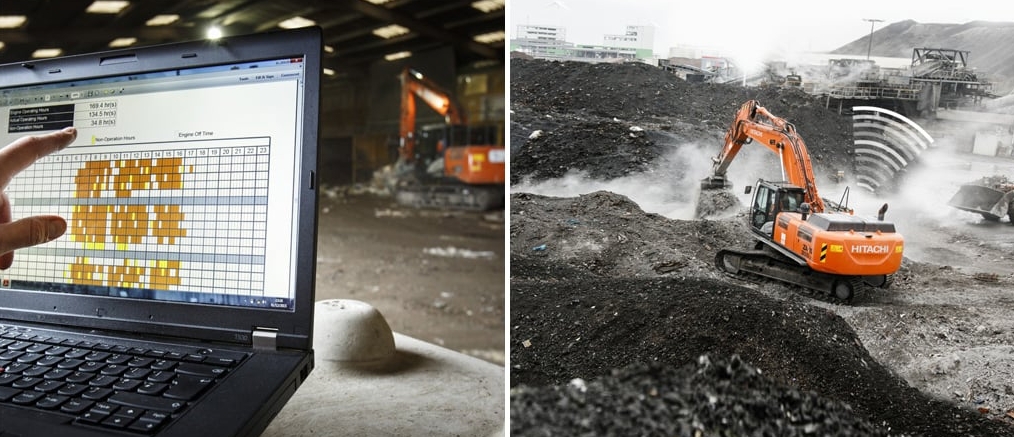
In conclusion, we note that the largest manufacturers (and Hitachi is no exception) offer dealers and equipment owners modern solutions that ensure the smooth operation of machines. Assistance systems are in demand in industries where downtime is unacceptable, primarily in the mining industry.
For example, for Hitachi equipment, the ConSite service is available. Based, among other things, on Big Data analysis and the use of artificial intelligence, it generates monthly and emergency reports, and also warns of a possible failure or imminent wear of GET elements (ground-moving equipment) or the chassis of the excavator.
Using the ConSite Shot mobile application, dealer employees can quickly and easily prepare a report on the condition of the machines at the time of maintenance or inspection of equipment. Such reports give the client a clear understanding of the need for further repairs, including preventive ones. Hitachi’s ConSite Health Check mobile app also helps you follow a preventive maintenance strategy, allowing you to quickly diagnose and assess the condition of your hydraulic pumps.


